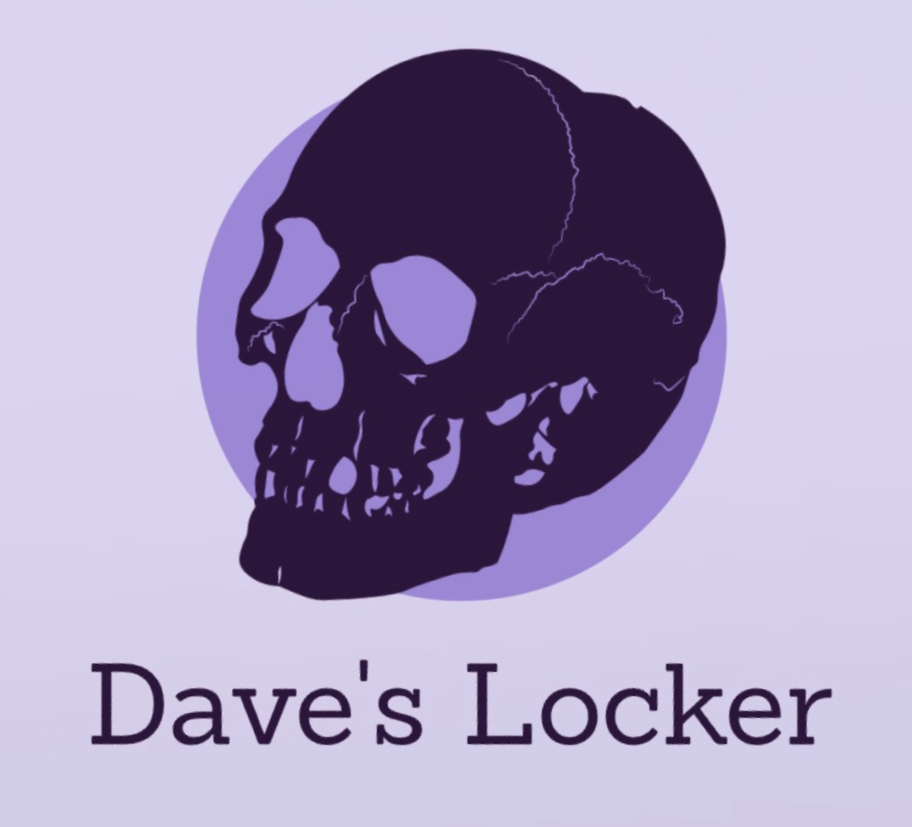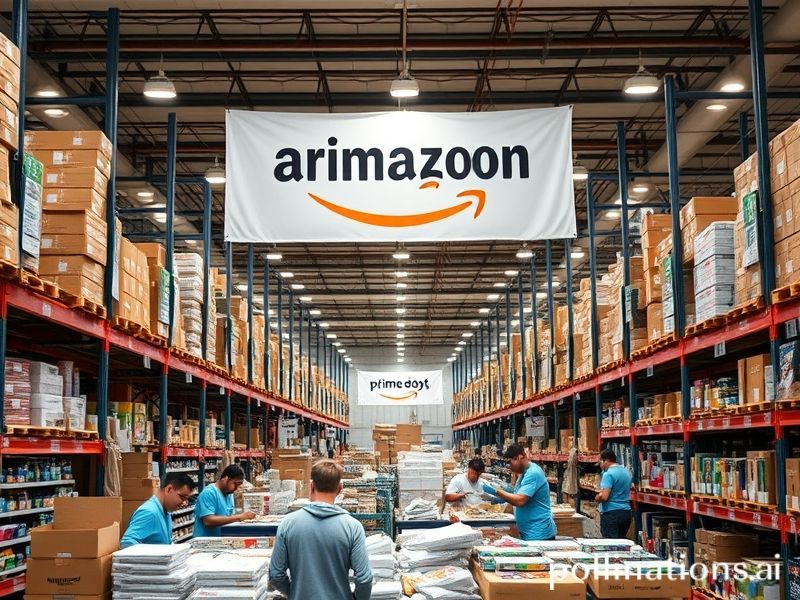Prime Time for Savings: Why Amazon Prime Day is the Global Shopping Event of the Year
# **Prime Time for Savings: Why Amazon Prime Day is the Global Shopping Event of the Year**
In a world where memes spread faster than the flu and trends come and go like seasonal allergies, there’s one event that’s consistently breaking the internet: **Amazon Prime Day**. This annual shopping extravaganza has evolved from a humble one-day sale into a full-blown global phenomenon, capturing the hearts (and wallets) of millions. But why is it trending so hard? Let’s break it down.
### **The Cultural Context: A Shopping Holiday for the Digital Age**
Amazon Prime Day, which kicked off in 2015 as a celebration of Amazon’s 20th anniversary, has since become the unofficial “Black Friday of Summer.” It’s a 48-hour window where deals rain down like confetti at a New Year’s Eve party, and shoppers go into a frenzy worthy of a Black Friday brawl—except now, they’re battling over Lightning Deals from the comfort of their couches.
This event taps into the modern consumer psyche: instant gratification, convenience, and the thrill of scoring a bargain. It’s like Black Friday, but with fewer stampedes and more algorithmic recommendations. Plus, it’s perfectly timed for summer—when people are already in spending mode for vacations, back-to-school, and, let’s be honest, impulse buys they’ll regret in two weeks.
### **Social Impact: The Viral Shopping Spree**
Prime Day isn’t just about sales; it’s a cultural moment. Social media explodes with memes, unboxing videos, and dramatic reactions to “unbelievable” deals. Twitter and TikTok become battlegrounds for the best finds, while influencers and YouTubers turn the event into content gold. The hashtag #PrimeDay trends globally, and for a brief, glorious period, everyone becomes a deal-hunting guru.
But it’s not all fun and games. Critics argue that Prime Day fuels consumerism, encouraging people to buy things they don’t need. Others point out that the deals aren’t always as spectacular as they seem, with some items being discounted only slightly or even marked up before the “sale.” Still, the allure of a bargain is hard to resist, and Amazon’s marketing machine ensures that Prime Day remains a must-watch event.
### **Why It’s Significant: The Power of Prime**
Amazon Prime Day is more than just a sale—it’s a testament to the power of e-commerce and subscription services. By offering exclusive deals to Prime members, Amazon reinforces the value of its subscription model, turning casual shoppers into loyal subscribers. It’s a genius strategy: hook them with discounts, then keep them coming back for more.
Moreover, Prime Day has inspired other retailers to launch their own “Prime Day” events, creating a ripple effect across the retail world. Walmart, Target, and even smaller e-commerce platforms now host competing sales, making July a month of relentless deals.
### **The Bottom Line: Love It or Hate It, Prime Day is Here to Stay**
Whether you’re a deal-hunting warrior or a skeptic shaking your head at the consumerist madness, Prime Day is undeniably a cultural force. It’s a reflection of our digital age—where convenience, speed, and savings collide in a 48-hour shopping frenzy. Love it or hate it, Prime Day is the ultimate proof that in the world of online shopping, the deals are always prime.
So, will you be joining the frenzy this year? Just remember: if you end up buying a smart toaster that claims to make your bread “Instagram-worthy,” don’t say we didn’t warn you.
—







